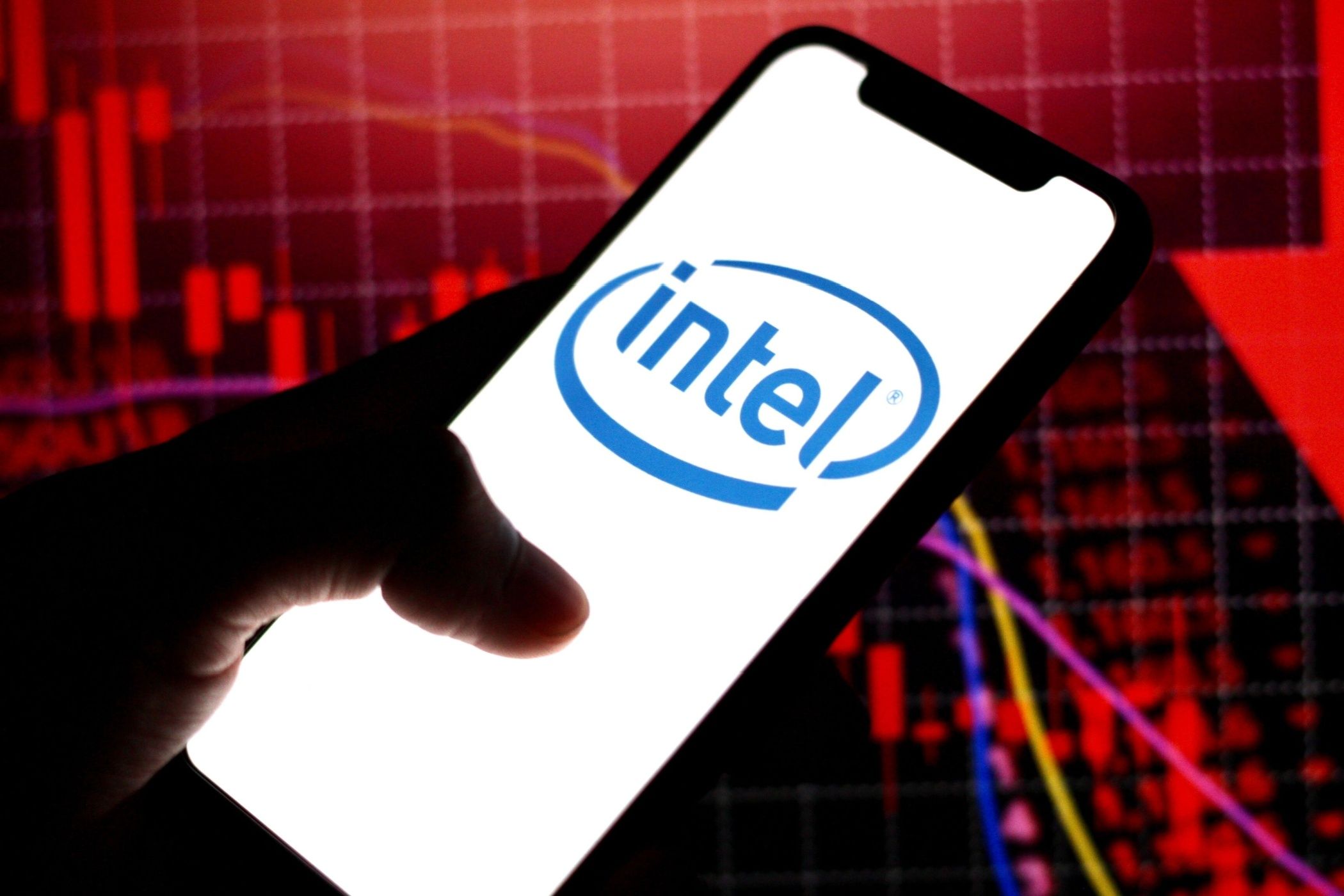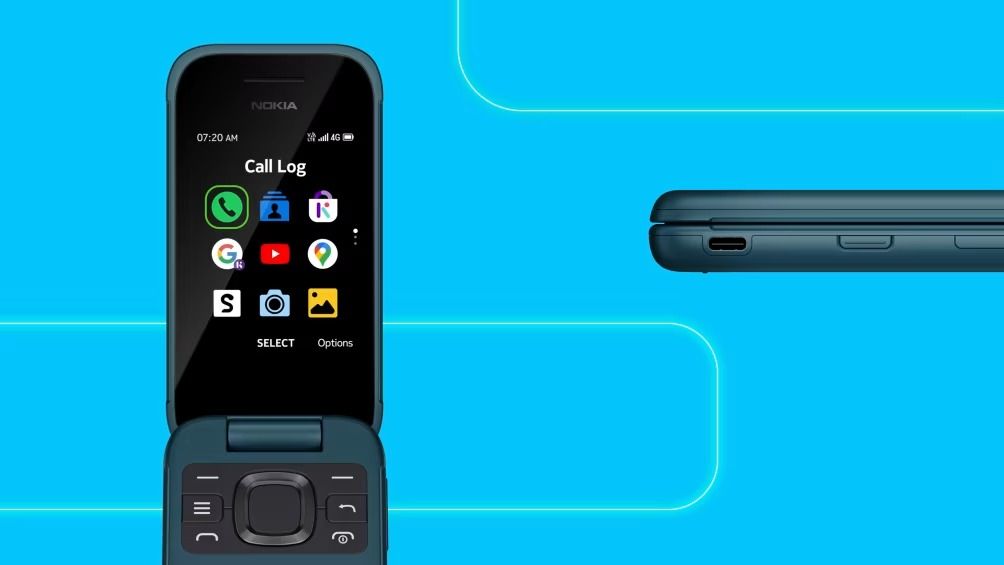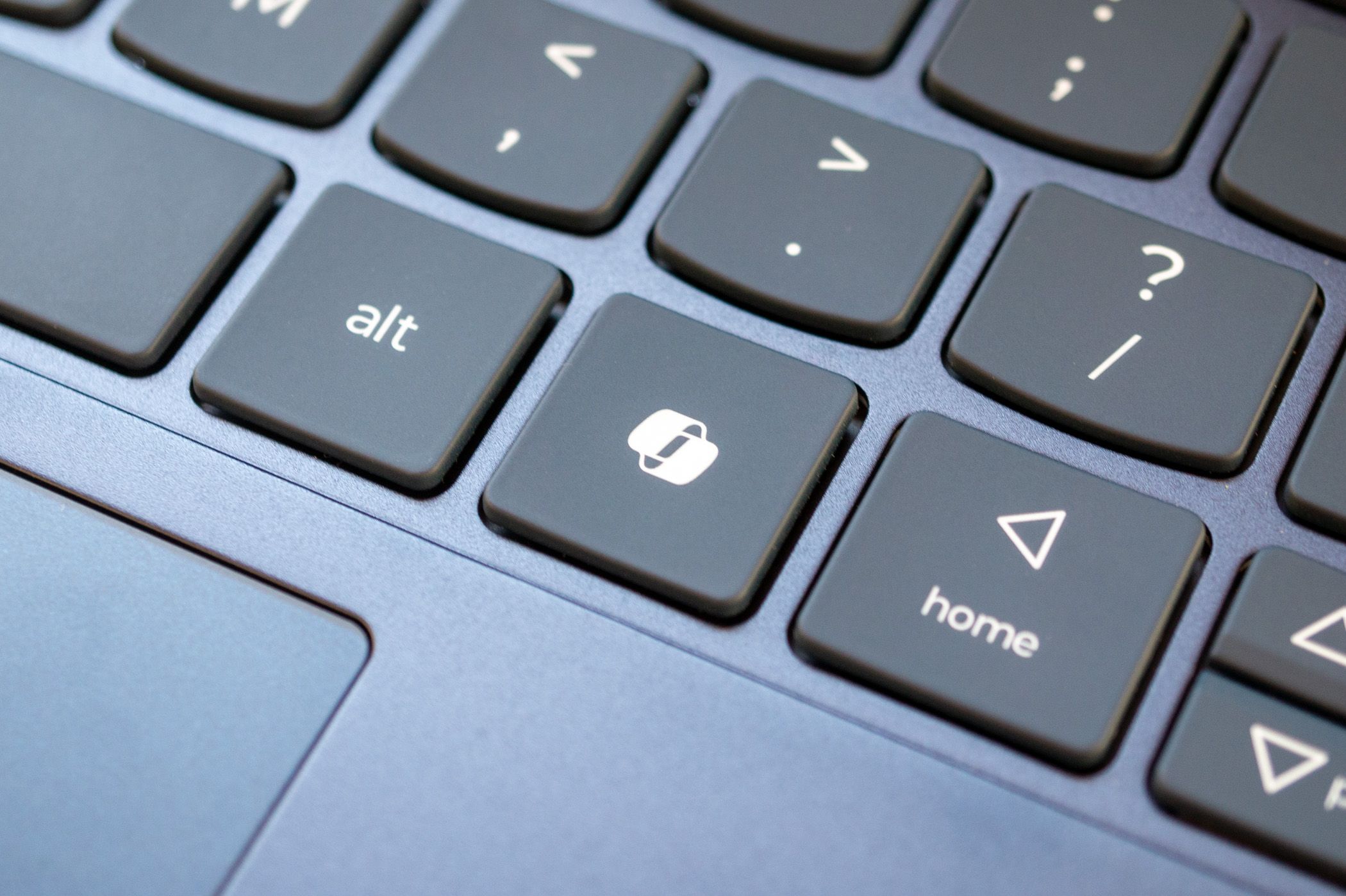
Will Intel Experience the Same Downfall as Nokia Once Did?

Will Intel Experience the Same Downfall as Nokia Once Did?
Key Takeaways
- Nokia’s demise serves as a cautionary tale for Intel, which has made missteps like resisting new tech.
- Intel has faced disasters with unsuccessful architectures like Netburst and Itanium, but taking risks is necessary.
- ARM-based technology is thriving while Intel struggles with hardware, facing a potential loss of market dominance.
While there have been ups and downs, for almost all of its existence Intel has been pretty bulletproof as a business. The company is a cornerstone of the entire computer industry, and crucial to the USA in multiple areas. However, I can’t shake the feeling that some of what’s happened at Intel feels eerily similar to the fall of Nokia in some ways.
Nokia Was “Too Big to Fail”
While Nokia is, of course, still around, it’s a much diminished company. Nokia once held around 50% of the global mobile phone market , but today it holds just a few single percentage points. Now, I don’t know the exact definition, but if you have half of an entire global market sewn up, that feels like a “too big to fail” situation.
However, between 2007 and 2013, this massive corporation lost almost everything seemingly overnight. There have been plenty of lengthy articles going over the myriad mistakes that were made by Nokia, but it boils down to a few key missteps.
First, Nokia resisted the shift to fully touch-screen phones. Which might seem silly now, but it’s actually a reasonable objection. Until Apple showed the way with the iPhone, it wasn’t clear how such a phone would be usable. Apart from failing to predict the new form factor for mobile phones, Nokia resisted switching to Android, and instead tried to push their own operating system. However, this led to a lack of developer support and, again, the company didn’t foresee that third-party apps would become so important to customers.

Nokia
It’s easy to look at the whole story in hindsight and think it’s all so obvious, and how could they make all of these mistakes? But we have the benefit of knowing how things turned out. Nokia is still hanging on, and even makes decent Android phones these days, so it might claw some of that former glory back. However, there’s something eerily familiar about Intel’s recent history and the turning point for Nokia.
Intel’s Flirted With Disaster Before
No one’s perfect, and Intel’s definitely had a few brushes with disaster before. There’s the ill-fated Netburst architecture which was last seen in the Pentium 4. Then there’s the expensive Intel Itanium disaster where Intel tried to go its own way with the IA-64 architecture, hoping to corner the high-end server and supercomputer markets. Also, who can forget Larrabee ? Intel’s strange attempt at building a GPU from its CPU technology.
Of course, you have to take risks if you want to innovate, and I’d rather see a company go out on a limb to do something different than try to stick to what it’s been doing so far. That was Nokia’s mistake after all, but if things had played out differently, a few of these hiccups could have been much more serious for Intel’s bottom line and market position.
ARM Is Eating Intel’s Lunch Where It Matters

Corbin Davenport / How-To Geek
When Apple decided to license ARM technology and start designing its own processors and GPUs, that was a huge gamble. Perhaps one of the biggest gambles in computing history, but as it turns out, this was one bet that paid off big time for Apple and for those who use their computers. It seems inevitable that Apple’s future lies in ARM-based Apple Silicon and in many ways using an Apple Silicon computer feels like the future, compared to hot and heavy x86-based computers.
It’s no surprise that, with a few years to work out the kinks, ARM-based Windows laptops are flooding the market, in an attempt to bring the same performance and power efficiency gains that we’ve seen on Apple’s side of the fence. Notably, there’s no Intel (or AMD for that matter) hardware in these laptops. The current premium options run chips from Qualcomm and I expect other companies to get in on the action.
While Intel currently rules the roost in the high-end desktop processor market, as well as big business applications, most computer users are looking for something like a modern MacBook, which has more performance than most people need, and massive quality of life benefits such as being thin, light, and offering oodles of battery life.
While there are still software compatibility issues, I think it’s clear that the ARM architecture will play a huge role in personal computing going ahead, and Intel needs its own take on Apple Silicon to even participate in this market segment, much less dominate it.
Intel’s Hardware Is Pushing Against a Wall
Apart from missing the boat on the ARM revolution, Intel hasn’t been having the best time in terms of hardware. It’s been struggling to move to a smaller production process for its chips for years now. Since Intel makes its own chips, rather than using companies like TSMC or Samsung, they’ve enjoyed several benefits when it comes to costs and supply. However, it also means that Intel doesn’t get to take advantage of advanced production methods that it doesn’t seem able to achieve itself.
As a result, the last few generations of Intel CPUs have shown lackluster performance improvements, though I will admit it’s resulted in some impressive and creative ways to get more out of the same CPU production node scale. The introduction of hybrid core architectures, dropping hyperthreading in recent CPUs, and other small nips and tucks have more or less kept them in the game, but one gets the distinct feeling Intel is running just to stay in place.
To top it all off, most recently, as of this writing it’s come out that Intel’s 13th and 14th Generation desktop CPUs may have an irreversible design flaw. So far, it doesn’t seem like a recall is coming , but even if it does, you can’t easily recall damage to public trust.
While Intel currently holds almost 80% of the global CPU market , as Nokia has shown us, that number can shrink to almost nothing virtually overnight, unless you’re willing to acknowledge which way the wind is blowing.
Also read:
- [New] In 2024, Social Media Archives - Live Version
- [New] Navigating the Metaverse with Elite Headsets
- Achieving New Heights in CPU Overclocking: The AMD Ryzen ^9700X Hit 6 GHz on Idle, Stable at 5.8GHz with Premium Liquid Cooling System
- Complete Guide to Finding and Downloading Ricoh MP C3003 Drivers Online
- Easy Installation: Lenovo X230 Driver Download Now!
- Focusrite Scarlett 2I2 (Windows) - Install Your Studio Audio Interface Today!
- How to Stop Google Chrome from Tracking Your Location On OnePlus 11R? | Dr.fone
- In 2024, Unlocking Potential with Efficient Audio Submission
- Latest Linux Update: Snapdragon X's Elite GPU Deactivated - Potential Issues Due to Unavailable OEM Key Signature
- Microsoft Print-to-PDF Not Working in Windows 10/11? Here's the Solution!
- Monitor Idle: New GPU Nonfunctional?
- Resolved: Windows 11 Bluetooth Connectivity Problems and Fixes
- Solve Curser Freeze in Win10
- Step-by-Step Instructions for Downloading Targus Docking Station Drivers - Effortless Installation
- Step-by-Step: Accessing & Upgrading ASUS Bluetooth Drivers with Minimal Hassle
- Top 10 Tools Revolutionizing the Art of Virtual Performer Sound Design for 2024
- Top 4 Ways to Trace Oppo Find N3 Flip Location | Dr.fone
- Title: Will Intel Experience the Same Downfall as Nokia Once Did?
- Author: Richard
- Created at : 2024-12-09 17:05:52
- Updated at : 2024-12-13 00:02:13
- Link: https://hardware-updates.techidaily.com/will-intel-experience-the-same-downfall-as-nokia-once-did/
- License: This work is licensed under CC BY-NC-SA 4.0.